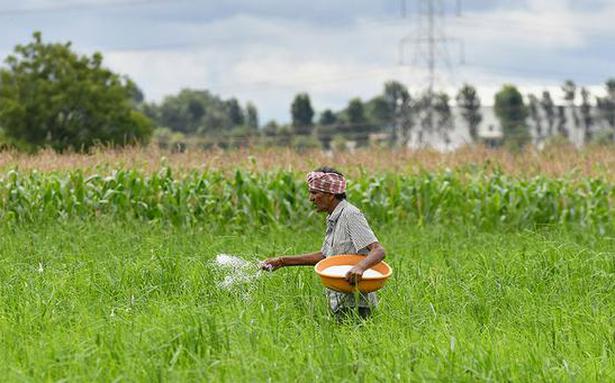Seventy percent of India’s electricity needs are met by coal-fired power plants.
Seventy percent of India’s electricity needs are met by coal-fired power plants.
According to the latest data, coal stocks in more than 100 thermal power plants in India have fallen below 25% of the required stock (critical level). Inventories have fallen below 10% at more than 50 thermal power plants, prompting states to seek additional coal supplies from India’s only coal producer, Coal India Ltd (CIL). Seventy percent of India’s electricity needs are met by thermal power plants, most of which run on coal.
Data from the Central Electricity Authority (CEA) shows that India’s domestic coal thermal power generation was 182.39 GW as of April 19, 2022, with an average coal stock of 34%. Meanwhile, 16.73 GW was generated by power plants using imported coal with an average coal reserve of 34%. Nine thermal power plants with a capacity to generate 3.56 GW are currently out of service.
Of the 173 thermal power plants, 85 plants using domestic coal have less than 25% inventory, while 11 plants using imported coal have reached critical levels.
Why is India facing a coal shortage?
The biggest reason for the coal shortage is the increasing demand for electricity. In 2021 demand increased from 106.6 BU per month in 2019 to 124.2 BU per month. In 2022, the demand has increased further to 132 BU.
When India faced a major coal crisis in October 2021 due to supply delays and stockpiles were down to just four days, the Center’s Core Management Team (CMT) analyzed the reasons behind the supply shortages.
The CMT said the heavy rains in coal-mining areas like Gujarat, Punjab, Rajasthan, Delhi and Tamil Nadu have resulted in reduced coal production. In addition, prior to the monsoon season, most thermal power plants had insufficient coal supplies, pushing them below critical levels.
The center also said power generation from imported coal fell by 43.6%, resulting in an additional demand of 17.4 MT of domestic coal and further depleting coal reserves.
What is CIL doing to mitigate the shortage?
On Tuesday, CIL announced that it increased its deliveries to thermal power plants by 14.2% in the first half of April 2022 compared to the same period last year. Coal production has reached 1.64 million tonnes (MTs) per day compared to 1.43 MTs in 2021.
The company added that it increased its production to 26.4 million tons in the first half of April, a 27% year-on-year growth. In addition, 8.75 tons of coal will be made available to state and centralized power generation companies by rail through May 31, 2022, CIL said.
How will the coal shortage affect electricity supply and costs?
According to Fitch, the daily electricity deficit in India increased from 0.3% to 1% in April 2022. This has resulted in an 85% surge in the price of electricity traded on Indian exchanges, from an average of Rs 3/kWh to Rs 8.23/kWh in March. To regulate prices, CEA capped short-term electricity exchange rates at Rs 12/kWh. Fitch further estimates that low coal reserves will not allow National Thermal Power Corporation (NTPC) to increase its plant load factor — its power output relative to its fuel — by more than 70.7%. This was the limit NTPC had increased its load to in 2021, up from 66% in 2020.
The peak in demand was met with load shedding and planned outages in states such as Andhra Pradesh, Gujarat, Maharashtra, Jharkhand, Bihar, Haryana and Uttarakhand. As of April 1st, Jharkhand faces an average supply shortage of 10-12%, followed by Andhra Pradesh (10%), Uttarakhand (8-10%), Madhya Pradesh (6%) and Haryana (4%).
How does the center plan to solve the coal crisis?
The center has allowed states to use up to 25% of their own coal reserves to meet growing domestic demand. It has also allowed generation companies to blend imported coal up to 10% to reduce the burden on CIL. While the center considers supporting imported coal supplies, higher coal costs are making it difficult.
In 2020, the center had passed mining reforms to end CIL’s monopoly on Indian coal manufacturing. The law allowed the immediate offering of commercial mining in the 50-block coal sector. It also allowed each party to bid for coal mines instead of just tied consumers (i.e. companies that use coal to run their businesses).
The Act also encouraged early coal production with a revenue share discount and promised an investment of Rs 50,000 crore to diversify CIL’s operations. However, the law has met strong opposition from states – particularly mineral-rich states such as Jharkhand and Bihar – on the grounds that it will have a negative impact on a large tribal population and forests. The case is pending before the Supreme Court.



